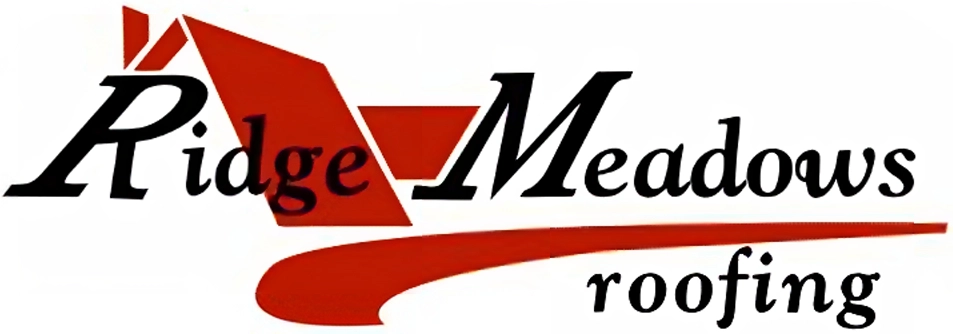When thinking about a new roof, the first thing that often comes to mind is the shingles. While shingles provide the most visible layer of protection, there is a hidden but critical component underneath that plays an equally important role: roof underlayment. Understanding why roof underlayment matters for shingle installations can help homeowners make informed decisions when replacing a roof, ensuring long-term durability and protection for their home.
What is Roof Underlayment?
Roof underlayment is a protective barrier that is installed between the roof decking (typically plywood or OSB) and the shingles. It acts as a secondary layer of defence against moisture, wind-driven rain, and other elements that could potentially get past the shingles.
There are three main types of underlayment commonly used in residential roofing. Each type offers unique benefits, and the right choice often depends on the climate, roof pitch, and budget. These include:
- Asphalt-saturated felt (tar paper): Traditional and cost-effective, this material provides a basic level of moisture protection.
- Synthetic underlayment: Lightweight, durable, and tear-resistant, this option has become increasingly popular for modern installations.
- Rubberized asphalt underlayment (ice and water shield): Self-adhering and waterproof, this premium option is ideal for vulnerable areas like eaves, valleys, and low slopes.
Why Underlayment is Important
While shingles are designed to repel water, they are not entirely waterproof, especially during extreme weather events. That is where underlayment comes in. Some of the reasons why it is such a critical part of any shingle roofing system:
1. Moisture Protection
British Columbia’s climate includes heavy rainfall, snow, and periods of high humidity. If water manages to get beneath the shingles, whether from wind-driven rain or melting snow, underlayment helps prevent it from reaching the wood decking underneath.
Without this protective barrier, moisture can seep into the roof structure, leading to rot, mould, or even structural damage over time. A quality underlayment offers peace of mind during stormy weather and adds an essential layer of defence in wet climates.
2. Ice Dam Prevention
In colder parts of the Fraser Valley or during unexpected cold snaps, ice dams can form along the edges of roofs. These dams trap melting snow, which can then back up under the shingles. Rubberized underlayment (often installed along eaves and valleys) helps seal the roof and prevent water infiltration caused by ice dams. This protection is especially important in areas where freeze-thaw cycles are common.
3. Fire Resistance
Some synthetic underlayment offers improved fire resistance, which can be an added benefit for homes in areas prone to dry summers or wildfire risks. While not a fireproof solution, underlayment can provide critical additional protection during an emergency by reducing the spread of flames beneath the roofing material.
4. Temporary Protection During Installation
Once the old roofing material is removed, underlayment is often the first layer installed before new shingles go on. In the event of unexpected rain or delays in the installation process, the underlayment protects your home’s interior from water intrusion. This ensures that your home remains safe even before the new shingles are fully in place.
5. Improved Roof Longevity
A complete roofing system includes shingles, underlayment, ventilation, and flashing that work together to maximize performance. Skimping on underlayment can shorten the lifespan of the roof and lead to premature issues. A properly installed and high-quality underlayment helps preserve the integrity of the shingles above and the structure below, adding years to your roof’s service life.
Building Code and Warranty Requirements
In many Canadian jurisdictions, including throughout British Columbia, roof underlayment is required by building code. Proper underlayment not only meets these requirements but also ensures that roofing warranties remain valid.
Most shingle manufacturers, including those producing fibreglass laminated shingles, stipulate that their products must be installed with compatible underlayment. Failing to include this layer can void manufacturer warranties and leave homeowners unprotected in the event of a roofing issue.
When Underlayment Really Makes a Difference
Certain situations make the role of underlayment even more critical:
- Cedar shake to shingle conversions: These projects often involve replacing an uneven or spaced roof deck with a smooth, solid surface. Proper underlayment is key to ensuring a flat base and superior water protection.
- Low-slope roofs: Shingles are not ideal for roofs with minimal pitch. On these surfaces, water is more likely to pool, and underlayment becomes essential to prevent leaks.
- High wind zones: In exposed areas, strong winds can lift shingles and drive rain sideways. A durable underlayment helps keep moisture out even if shingles are compromised.
Choosing the Right Underlayment for Your Home
Every home is different, and so is every roofing project. The best underlayment option will depend on several factors, including:
- Roof pitch
- Climate
- Budget
- Type of shingles being used
- Condition of the roof decking
Working with an experienced roofing contractor ensures that the right materials are selected based on the unique needs of the home and the local environment.
Choose a Quality Roof Underlayment
While it may not be visible once the shingles are installed, roof underlayment plays an essential role in the overall performance and protection of your roofing system. It acts as a silent safeguard against leaks, rot, and premature deterioration, especially in a climate as dynamic as the Lower Mainland.
Ready to start your roof replacement with the right foundation in place? Contact Ridge Meadows Roofing today to schedule a consultation.

